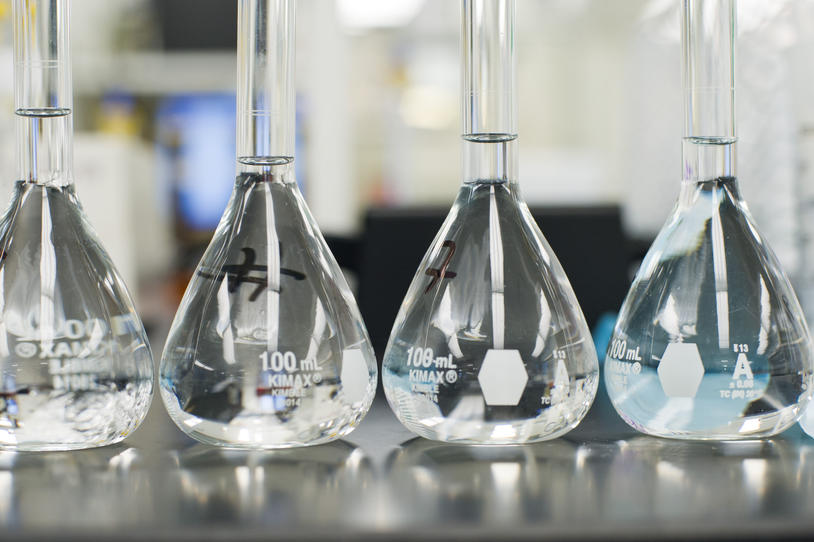
The protein leucine-rich repeat kinase 2, or LRRK2, is fast becoming a target of major interest for researchers looking to develop Parkinson’s disease (PD) drugs, for a couple of reasons: For one, mutations in the gene associated with LRRK2 are the most common cause of cases of PD that are linked to a genetic cause. In addition, LRRK2 is a type of protein called a kinase which pharmaceutical companies have a great deal of experience with (primarily from cancer research).
Still, as of yet, there are no specific drugs in clinical testing that target LRRK2. One big hurdle has been that researchers haven’t had a good laboratory tool for measuring the activity of LRRK2 in PD, nor a way to measure if a particular drug candidate might have an effect on the mechanism of action in LRRK2 that appears to be causing the disease.
But this past week, the biotech company Genentech published a paper in Science Translational Medicine suggesting that they may have in fact found such a laboratory tool to both measure abnormal LRRK2 activity that might lead to disease, and how drugs are affecting this abnormal activity.
Here’s what they’ve figured out:
Kinases like LRRK2 work in the cell by chemically altering other proteins, an important mechanism that cells use to switch on or off various biological processes. It also appears that chemical processes at work in LRRK2 also act to regulate the protein itself. In its research, Genentech has focused on one specific amino acid, number 1,292 of the more than 2,500 or so that make up LRRK2, that seems to be the site of this so-called “self-regulation.” 1292 is particularly interesting to Parkinson’s researchers, since in five of the six mutations in LRRK2 that have so far been discovered to be associated with PD, 1292 appears to be changed.
Genentech is using the chemical processes associated with this amino acid as a way of measure LRRK2’s activity. With a baseline established for how processes at 1292 normally act, they can then see how PD-causing mutations change levels of activity here. One thought is that, when 1292 is modified, LRRK2 may in fact be causing its own kinase activity to be “over-active” on the whole.
Understanding this “over-activity” could be critical to developing new drugs for PD. “Kinase inhibitors,” or drugs that can help to offset kinase over-activity, are already in use to treat cancer. So it’s possible that a LRRK2 kinase inhibitor could improve the function of the LRRK2 kinase to prevent Parkinson’s from arising or progressing. Genentech is in the early stages of testing their own kinase-inhibitor against 1292.
But while Genentech’s results are intriguing, they are early stage, and while this paper provides a good lead, scientists still can’t definitively pinpoint why mutations in LRRK2 seem to sometimes lead to Parkinson’s. A future step for researchers looking to learn more about the abnormal activity that can lead to PD could be to measure the effects of the Genentech drug candidate (or others like it) on 1292 activity in human samples, such as cerebrospinal fluid (the fluid which bathes the brain and spinal cord and which may provide vital clues toward learning more about what causes diseases such as PD).
Given the importance of these findings, MJFF is pro-actively developing its own tools to help researchers study the significance of the 1292 site, in order to accelerate further research and drug development.